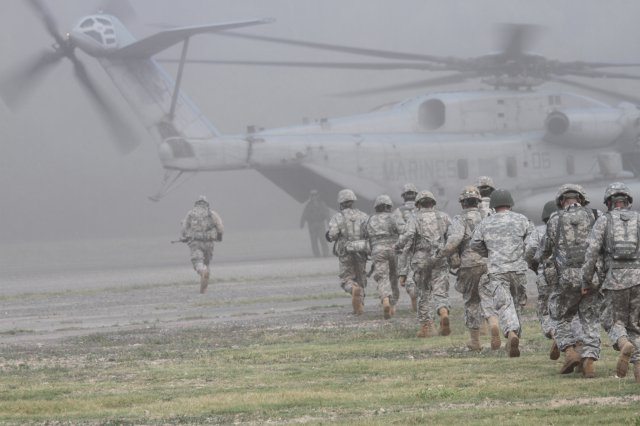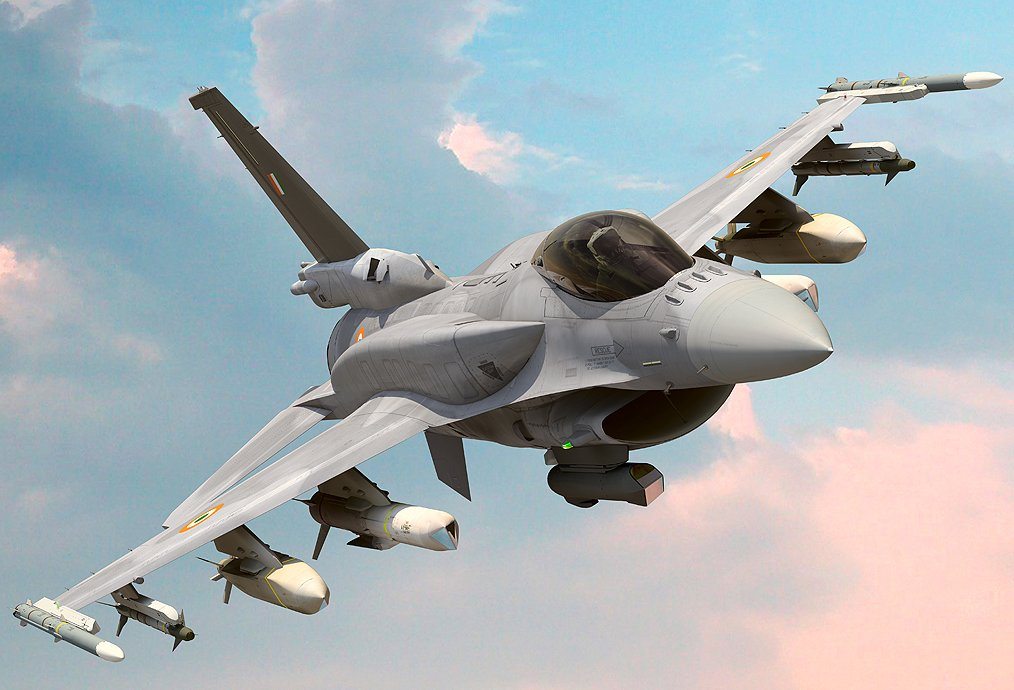The fiscal year 2014 budget “meets future challenges, strengthens global engagements, provides for resets, sustains the industrial base and fulfills commitments to Soldiers, civilians and families,” the Army’s top civilian leader told lawmakers.
Secretary of the Army John M. McHugh and Chief of Staff of the Army Gen. Ray Odierno testified April 25 before the full House Armed Services Committee regarding the “Fiscal Year 2014 National Defense Authorization Budget Request.”
The $129.7 billion fiscal year 2014 budget “allows us to plan for and mitigate risk associated with declining defense budgets,” Odierno said during his opening remarks, which followed the secretary’s.
“It is imperative we gain predictability in our budget process,” Odierno continued. “If we don’t, then we’ll be unable to effectively manage our resources and it will be impossible to make informed decisions about the future of our Army.”
The leaders emphasized to congressmen the need for a budget and the dangers of an ongoing environment of fiscal uncertainty.
“We’re at a dangerous crossroad,” McHugh said, explaining that shortfalls in the overseas contingency operation budget, coupled with sequestration, continuing resolutions and lack of a budget, are taking a toll on readiness, efforts at modernization and morale.
CAPABILITY EROSION
One congressman said he was “deeply troubled” not only by the Army’s fiscal difficulties but by its shrinking force.
He asked if the end strength continues to fall — coupled with the effects of continued sequestration — would the Army be able to respond effectively were two major contingency operations to occur simultaneously, or at least one major contingency and a smaller one.
“We’d have significant issues meeting anything more than one contingency — if we can meet even one contingency,” Odierno replied.
Just two years ago the Army had 45 brigades. Soon it will be down to between 32 and 37, he said.
Also, were a conflict to break out, “we’d have to figure out how we’re able to use our National Guard brigades much quicker than we can now,” as it takes longer to get those Soldiers trained.
The congressman followed up with another question, asking if the Army is as prepared today as it was on Sept. 10, 2001, a day before the terrorist attacks.
“We’re not as ready as we were in 2001,” Odierno responded.
He added that “history has taught us that if we are off balance, the enemy will seek advantage.”
Another congressman asked about the state of the organic industrial base and how the Army’s proposed budget would address concerns associated with a reduced workflow caused by budget shortfalls.
McHugh said he’s been working with the Defense Department on that issue and initiated a study a year ago, with the data now being refined and being prepared for release.
The analysis, he said, examines where the failure points are and examines the efficiency processes at the depots and arsenals. He said highly skilled workers have been identified as well.
The results of the study will help the Army “identify single points of failure” to more effectively align dollars with efforts.
The Army leaders were questioned on a number of other topics, some of which were not directly tied to budget talks.
CASE FOR ROTATIONS
A congressmen said that the Army invests a lot of time and money in training Soldiers to learn a language and train for region-specific missions. He questioned the value and wisdom of aligning a unit of Soldiers to a particular region and then later realigning that unit to a different region, given that investment.
While language is important, it’s “just one piece,” Odierno responded. “Understanding culture and the underlying socio-economic factors of countries” is the other. He added that having a high cultural awareness and appreciation can be transferrable from region to region.
Another reason to not lock Soldiers into a specific region, Odierno said, is that “our young leaders want to be involved in more than one region. It’s exciting to them” and adds to their development and desire to remain in the Army.
Before a brigade rotates to a region, there’s about a year’s worth of region-specific training, as well as normal combined arms maneuver and wide-area security training, he said, adding that training at the national training centers has suffered as a result of budget cuts.
Division and corps-level headquarters will be “habitually” aligned with regions, he explained. Brigades will rotate, however. And also, Soldiers will rotate between brigades.
“The jury is still out over whether to assign brigades habitually over time to regions,” he concluded, adding that as new threats emerge globally, the rotations might have to be adjusted.











